SC Johnson has been hit with a class action lawsuit claiming that Method cleaning products contain harmful and toxic ingredients.
Method cleaning products are reportedly marketed as “non-toxic,” allowing SC Johnson to charge a premium price for these cleaners. However, these representations are false, according to allegations from California resident Felicia Toth.
Toth says she purchased several Method cleaning products which stated that they were “non-toxic.” The plaintiff allegedly relied on these representations when choosing a cleaning product, but was shocked to find out that the products actually contained several toxic ingredients.
The lawsuit explains that an increasing number of consumers specifically look for non-toxic products to use in their daily lives. This includes cleaning products, as consumers want more natural, environmentally friendly alternative to traditional household cleaners.
As a result of this demand, a non-toxic household products market has developed. Products sold in this category are often sold with representations that they are “non-toxic” and “plant based.”
The Federal Trade Commission, or FTC, has established new guidelines to help standardize these representations and to “help marketers avoid making environmental marketing claims that are unfair or deceptive.”
Under FTC regulations, “it is deceptive to misrepresent, directly or by implication, that a product, package or service is non-toxic” and “a non-toxic claim likely conveys that a product, package, or service is non-toxic for humans and for the environment generally.”
The FTC says that, when making “non-toxic” claims, marketers must have reliable scientific evidence or “should clearly and prominently qualify their claims to avoid deception.”
Unfortunately, SC Johnson allegedly fails to comply with these requirements when marketing their Method household cleaner.
Contrary to their claims, the products reportedly contain a variety of cleaning agents which disqualify the cleaners from making a “non-toxic” claim, including: dipropylene glycol, phenoxyethanol, linalool, methylisothiazolinone, limonene and octylisothiazolinone.
Dipropylene glycol is a synthetic ingredient which is allegedly used as a fragrance in Method household cleaner, Squirt and Mop Floor Cleaner, and Granite Cleaner. This ingredient has reportedly been show to cause temporary eye irritation when exposed to the eyes.
Phenoxyethanol is another synthetic ingredient found in various Method cleaning products including Squirt and Mop Floor Cleaner and Steel for Real cleaner. This ingredient can reportedly cause irritation to the eyes, skin and respiratory tract. When swallowed, phenoxyethanol has reportedly been show to have “deleterious” effects on the nervous system which could lead to “impaired functions.”
Linalool, found in the Method household cleaner and Squirt and Mop floor cleaner, can reportedly cause serious eye damage in addition to irritating the skin and eyes. Toth notes that this ingredient can also have negative environmental effects by harming aquatic life.
Method cleaning products, including Squirt and Mop floor cleaner, Steel for Real cleaner and Daily Granite cleaner, allegedly contain methylisothiazolinone. In 2013, this ingredient was reportedly named the Allergen of the Year and “has exhibited skin sensitization effects and may also cause systemic acute toxicity and local effects such as eczema and contact allergy reactions.”
Limonene, allegedly found in the Method household cleaner, Steel for Real cleaner, and Daily Granite cleaner, is reportedly used to substitute significantly toxic ingredients such as chlorinated hydrocarbons, chlorofluorocarbons and other solvents.
However, this ingredient reportedly also has negative effects including skin irritation characterized by burning, itching, aching, and a long lasting rash.
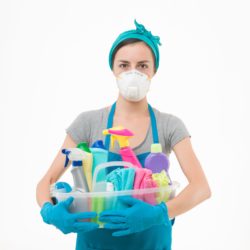
Toth argues that the inclusion of these ingredients disqualifies Method cleaning products from the “non-toxic” label.
Unfortunately, the plaintiff says that most consumers would be unable to identify these ingredients as potential toxins, meaning that they could be misled by the product packaging which touts the cleaners as “non-toxic.”
“The Product’s ‘non-toxic’ claim signifies to reasonable consumers that the Products will not be harmful to people (including small children), common pets or the environment,” the Method cleaning products class action lawsuit argues.
“A reasonable consumer’s understanding of ‘will not harm’ is not limited to toxins that cause death but ‘also various types of temporary physical illness, such as vomiting, rash and gastrointestinal upset.’”
As a result of these claims, Toth and other consumers have allegedly been injured financially as they would not have purchased the products or would have paid significantly less had they been aware of the toxic contents of the products.
Have you purchased Method cleaning products? Share your experiences in the comments section below.
Toth and the proposed Class are represented by Michael R. Reese and George V. Granade of Reese LLP and Spencer Sheehan of Sheehan & Associates PC.
The Method Cleaning Products Class Action Lawsuit is Felicia Toth v. SC Johnson & Son Inc., et al., Case No. 3:20-cv-03553, in the U.S. District Court for the Northern District of California.
ATTORNEY ADVERTISING
Top Class Actions is a Proud Member of the American Bar Association
LEGAL INFORMATION IS NOT LEGAL ADVICE
Top Class Actions Legal Statement
©2008 – 2024 Top Class Actions® LLC
Various Trademarks held by their respective owners
This website is not intended for viewing or usage by European Union citizens.




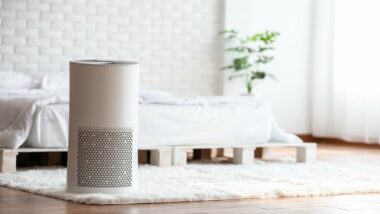
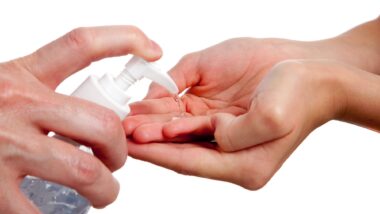
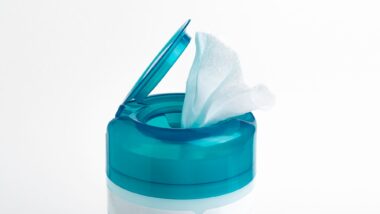
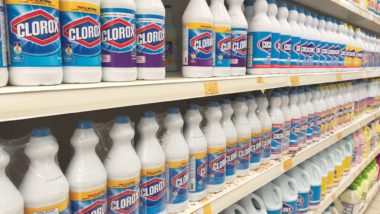


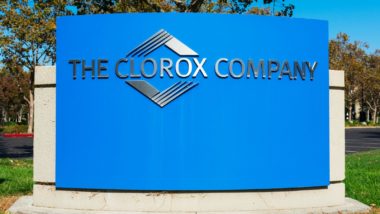

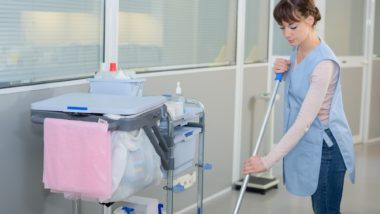
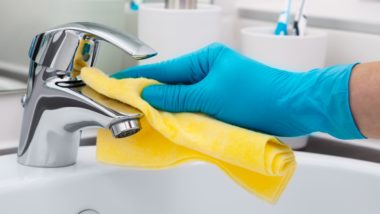
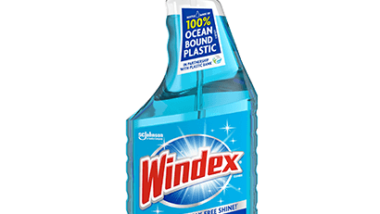
1,167 thoughts onMethod Class Action Says Cleaning Products Are Toxic
I have always thought thru Methods advertising that they were a “go to” for safe cleaning. Since the pandemic hit, I looked for it to use in my bathroom. I recently (last week received a shipment of 4 bottles. I’ve been duped. I was so surprised to see a picture of the very product in this ad!
Please add me to this suit .
Add me I have used a few. Leaning products In The past
I had hyperemesis gravidarum during my pregnancy and had my son 3 months early and I have been using this product for for years now and wondered why my skin was always irratated and why my son eyes world run.. please add me
All my cleaning products are method. I’d like to be included if possible. I buy them because they are naturally derived.
Please add me I have purchased and used a lot of Method products.
I buy method everyday because it is supposed to be non toxic. Please add me.
Plz add me
Please add me. I use this and pay the extra amount believing I’m keeping toxic chemicals out of our home!
I bought several of these cleaners because they were non toxic, the bathroom cleaner had a harsh smell.
Please add me
Add me please